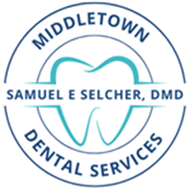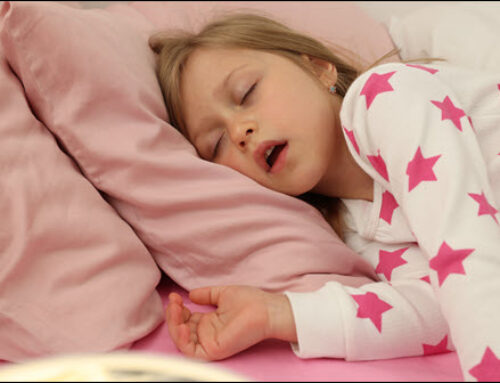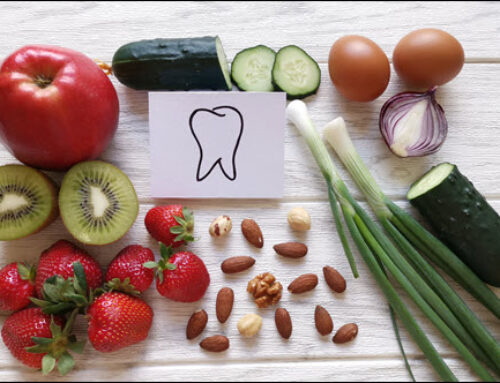If you look at older pictures of yourself, you likely notice an assortment of changes. Our hair (or lack thereof), skin elasticity, mobility, and other body parts are all affected by age. So, it’s not a big surprise that our smile changes, too. But have you ever wondered why one’s smile changes? And beyond that, can anything minimize the changes? An aging smile can still retain a youthful, vibrant appearance.
Your Changing Smile
 The length and shape of the teeth. No matter how vigilant one is about dental health, chewing and biting causes the enamel to wear down. Add unhealthy habits such as grinding teeth, and the process accelerates—the teeth’ shape changes as the enamel wears down and affects your smile’s appearance.
The length and shape of the teeth. No matter how vigilant one is about dental health, chewing and biting causes the enamel to wear down. Add unhealthy habits such as grinding teeth, and the process accelerates—the teeth’ shape changes as the enamel wears down and affects your smile’s appearance.- Worsening orthodontic issues. Misaligned teeth, crowding, underbite, overbite, and overlapping teeth only worsen over time. These oral health issues can lead to more damaging consequences like tooth decay, gum disease, and temporomandibular joint problems (TMJ), changing how you smile.
- Front tooth gap. These result from a difference between teeth and jaw size, pushing your tongue against your front teeth when you swallow, or missing teeth due to gum disease, tooth decay, or injury.
- Failure to wear a retainer. Are you among the thousands who have had traditional braces or the more modern approach, Invisalign®? If so, you were likely given a retainer to wear after completing the process. However, most people did not continue to wear that appliance for the rest of their lives. But teeth will shift as we age, often back into pre-orthodontic treatment positions. Talk to one of our team members if you want to reshape your smile. There are options for reshaping your smile.
- Age-related oral health issues. A Harvard Health study found that oral health problems become more common as we age. Tooth loss, mouth infections, oral cancer, dental decay, etc., become bigger concerns and often affect one’s dental health more intensely. Adding insult to injury, we lose nerve sensitivity as we age and may not recognize anything wrong until serious damage is done.
- Color changes. Enamel is part of what gives the teeth that white look. Aging causes the enamel to wear down, and the yellow underneath (dentin) shows through. Your teeth can accumulate stains if you have been a longtime tea, coffee, or wine drinker.
- Gum recession due to bone loss. As we age, bone loss under the gums causes the gums to get less dense. Exacerbating this occurrence is the chewing, clenching, and grinding that often happens.
Ways to Keep a Healthy Smile
Just because one’s teeth change and gums recede as we age doesn’t mean we have to accept it and do nothing about it. You can take proactive measures to ensure your smile looks its best.
- Teeth whitening
- Reshape with braces or Invisalign®
- Get veneers
- Pay attention to what you eat and drink
- Brush and floss at least twice a day
- See your dentist twice a year.
Getting older is inevitable, but giving up the smile we love is optional. Do your part to protect your teeth and gums to have a healthy smile. If you have questions or concerns about oral health, please talk to one of our Middletown Dental team members. We can answer your questions and devise a plan to protect your smile.





